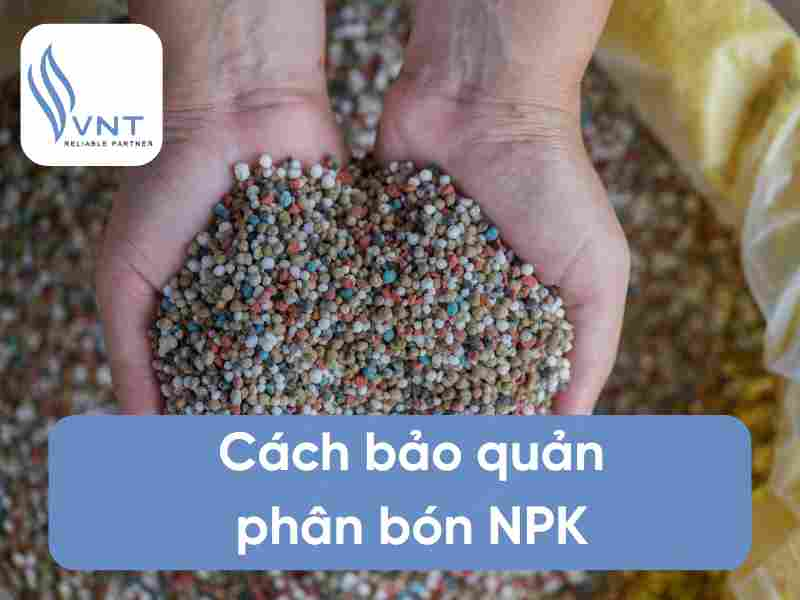WHAT IS CHEMICAL FERTILIZER? SUMMARY OF CHEMICAL FERTILIZERS
In fact, to achieve high crop yields, farmers often use chemical fertilizers because of their outstanding advantages. However, few people fully understand this type of fertilizer. So what is chemical fertilizer? Advantages and disadvantages of chemical fertilizers for crops. The following article by VNT will help you summarize knowledge about chemical fertilizers.
What is chemical fertilizer?
Chemical fertilizers are also known as inorganic fertilizers. Chemical fertilizers are fertilizers produced from chemicals or from natural minerals. These are chemical compounds containing nutritional elements, applied to plants to increase crop yields.
Inorganic fertilizers contain nutritional elements necessary for crops such as: N, K, P, Ca, Mg, B, Cu, Zn, ... From the separate nutritional element components, chemical fertilizers are divided into 3 basic types: nitrogen fertilizers, phosphate fertilizers, and potassium fertilizers.
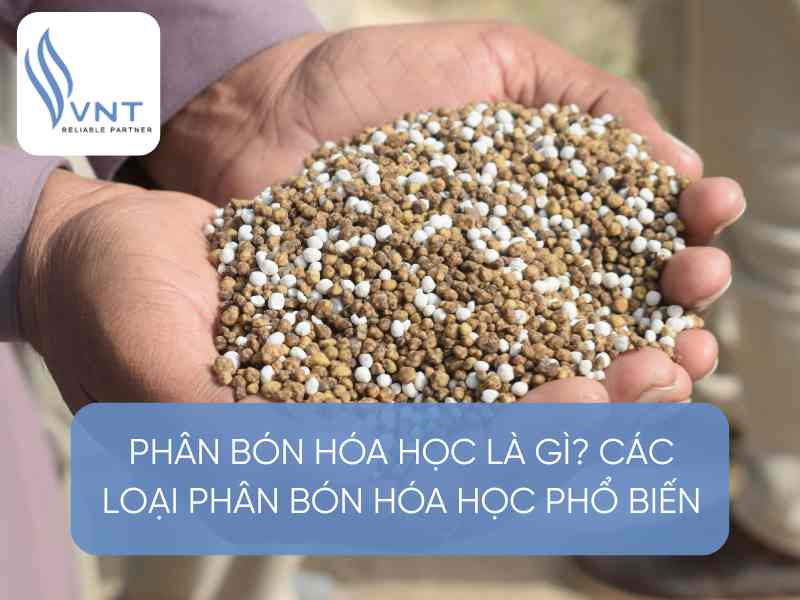
What is chemical fertilizer?
Summary of chemical fertilizers
1. Nitrogen fertilizer
As one of the most popular chemical fertilizers, nitrogen fertilizer is always trusted by people. Nitrogen fertilizer stimulates the growth process of plants. With nitrogen fertilizer, plants will grow quickly, giving many seeds, tubers or fruits.
Nitrogen fertilizer provides nitrogen for plants in the form of nitrate ions NO3- and ammonium ions NH4+. The nutritional value of nitrogen fertilizer is assessed by the % N content in the fertilizer.
Some commonly used nitrogen fertilizers: ammonium nitrogen fertilizer, nitrate nitrogen fertilizer and urea.
a. Ammonium nitrogen fertilizer
- Ammonium nitrogen fertilizer is a synthesis of ammonium salts: NH4Cl, NH4NO3, (NH4)2SO4…
- How to use: Top dressing and divided into many times.
Note: Ammonium fertilizer is not suitable for acidic soil because the fertilizer contains a lot of ammonium (acid), which increases the acidity of the soil.
b. Nitrate fertilizer
- Nitrate fertilizer is a synthesis of nitrate salts: NaNO3, Ca(NO3)2…
- How to use: Top dressing for rice in small amounts. Fertilizing for industrial crops: cotton, tea, coffee, sugarcane…
- Nitrate fertilizer is highly soluble in water and easily washed away. So when fertilizing the soil, it works quickly on plants, but is also easily washed away by rainwater.
c. Urea
This is the most widely used nitrogen fertilizer today. Urea has the formula (NH2)2CO and has the highest nitrogen content of 46% N
- How to use: Apply evenly, do not apply concentrated fertilizer, the plant will be overfed with N, you can mix sawdust and soil to fertilize or spray on leaves.
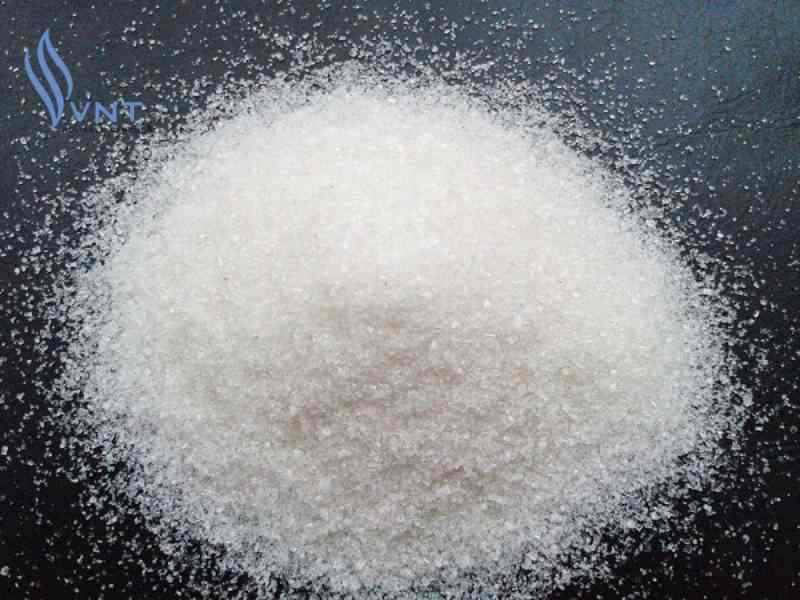
Nitrogen fertilizer
2. Phosphate fertilizer
A type of inorganic fertilizer that is quite popular, no less than nitrogen fertilizer, is phosphate fertilizer. Phosphate fertilizer provides phosphorus to plants in the form of phosphate ions. The nutrition of phosphate fertilizer is evaluated according to the mass percentage of P2O5 corresponding to the amount of P in its composition.
Phosphate fertilizer is essential for plants, especially during the growth period. Phosphate fertilizer promotes biochemical processes, metabolism and energy of plants. Phosphate fertilizer has the effect of making branches and leaves strong, seeds firm, fruits or tubers large.
Phosphate fertilizer is divided into 2 types: fused phosphate fertilizer and Superphosphate
a. Fused phosphate fertilizer
Fused phosphate fertilizer has the main ingredient Ca3(PO4)2
Fused phosphate fertilizer is insoluble in water, so it is difficult for plants to absorb, suitable for acidic soil and corn and bean plants.
b. Superphosphate
Superphosphate has the main ingredient of calcium hydrogen phosphate Ca(H2PO4)2. There are 2 types: single superphosphate and double superphosphate.
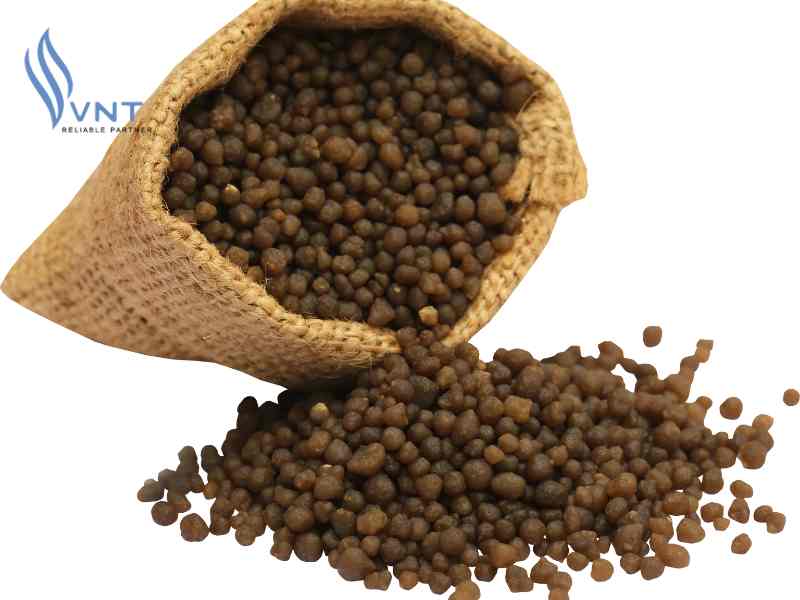
Phosphate fertilizer
3. Potassium Fertilizer
Potassium fertilizer provides plants with the element Potassium in the form of K+ ions. The nutritional value of Potassium fertilizer is evaluated according to the % K2O ratio corresponding to the amount of Potassium in its composition.
Potassium fertilizer helps plants absorb more nitrogen, which is necessary for the production of sugar, starch, fiber and oil. In addition, Potassium fertilizer also helps plants increase their resistance to disease, cold and drought.
When applying Potassium fertilizer, it should be combined with other types of fertilizer. Potassium can be used as a top dressing, sprayed on leaves during flowering, tuber formation and fiber formation.
When applying Potassium fertilizer, it is possible to supplement trace elements magnesium and sodium, which are very useful for plants. Potassium fertilizer works well with: tea, sugarcane, tobacco, coconut, banana, potato, cotton, etc.
Note: Potassium fertilizer should be applied in moderation. Excess potassium fertilization can have adverse effects on the roots, causing root rot.
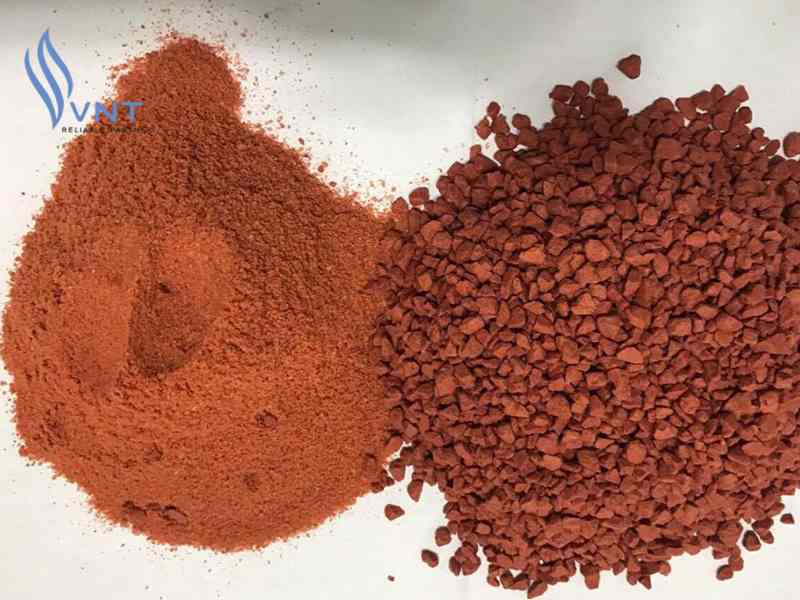
Potassium Fertilizer
4. Other types of chemical fertilizers
In addition to the common types of fertilizers above, chemical fertilizers also have other types of fertilizers suitable for each type of plant's needs.
a. Mixed fertilizer
This is a type of fertilizer that contains all 3 elements N, K, P, also known as NKP fertilizer. This fertilizer is created by mixing all 3 types of single fertilizers above. The level of fertilizer depends on the type of soil used and the type of crop produced.
b. Complex fertilizer
Complex fertilizer is a mixture of substances synthesized directly by chemical interactions. Complex fertilizer is also produced by chemical synthesis (compound fertilizer). In this type of fertilizer, nutrients are synthesized by chemical reactions.
c. Micronutrient fertilizer
This type of fertilizer contains a small amount of elements such as boron, zinc, manganese, ... in the form of compounds. Micronutrient fertilizer should be applied with inorganic or organic fertilizers, depending on each type of plant and each type of soil.
Micronutrients help increase the ability to stimulate growth and metabolism, increase photosynthesis efficiency, etc. for plants. However, plants only need a small amount of micronutrients, if overdosed the plant will die.
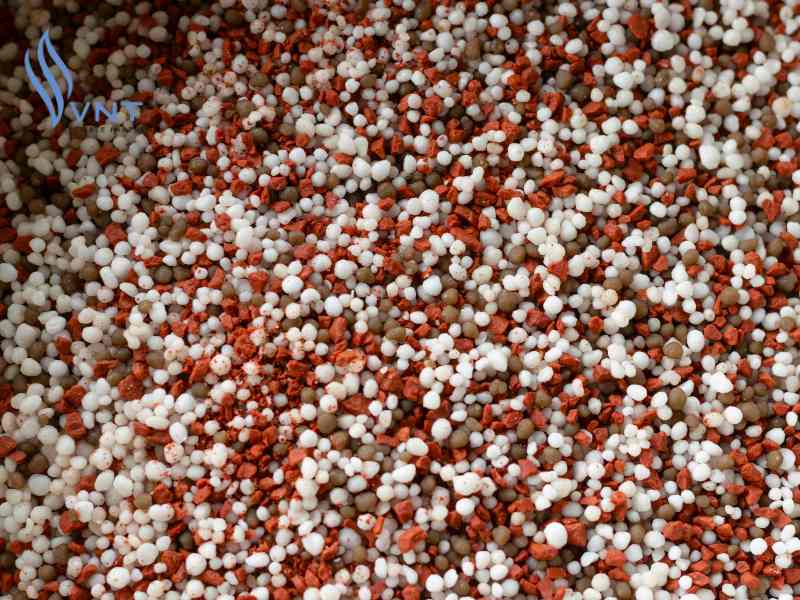
Mixed fertilizer
Chemical fertilizers are quite popular among people. Using a lot of chemical fertilizers helps increase crop yields. However, if used in excess, it can affect the land. You should know how to combine both chemical and organic fertilizers to achieve the best results.
If you need to buy chemical fertilizers, organic fertilizers, check out VNT's fertilizer catalog right away. VNT Chemicals specializes in distributing genuine fertilizers at preferential prices, with top quality and prestige.
Contact to order now to receive many attractive incentives!



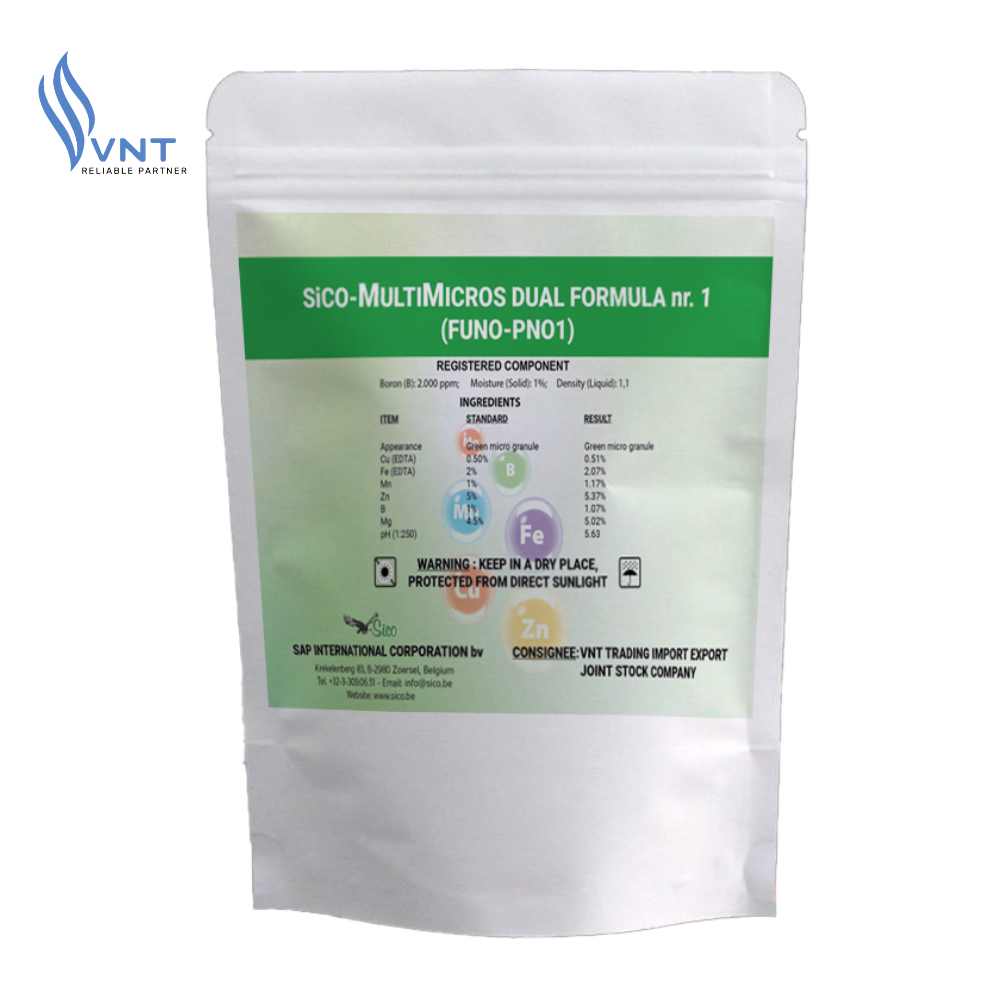
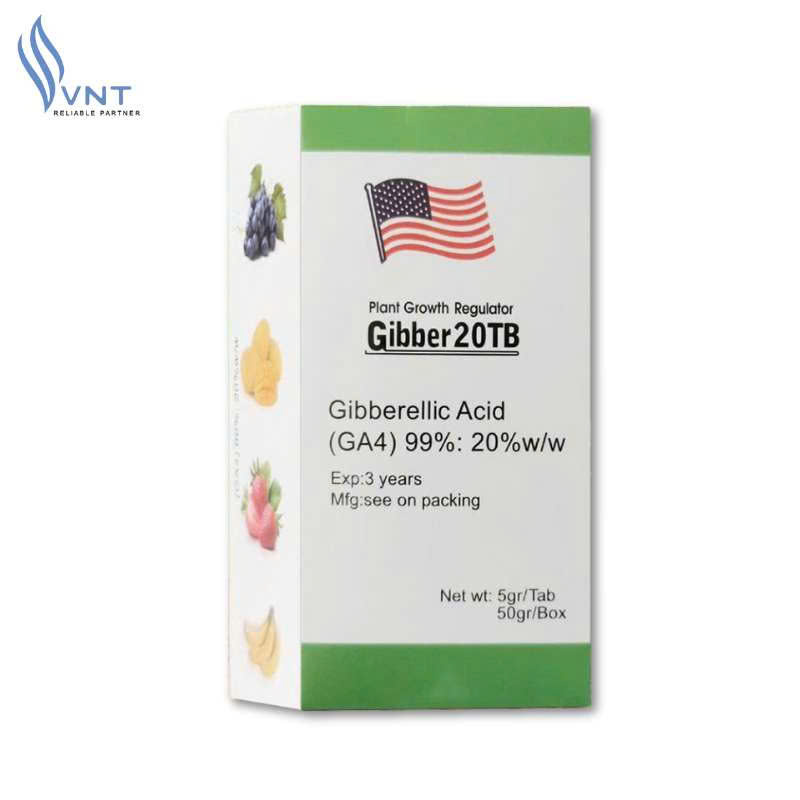
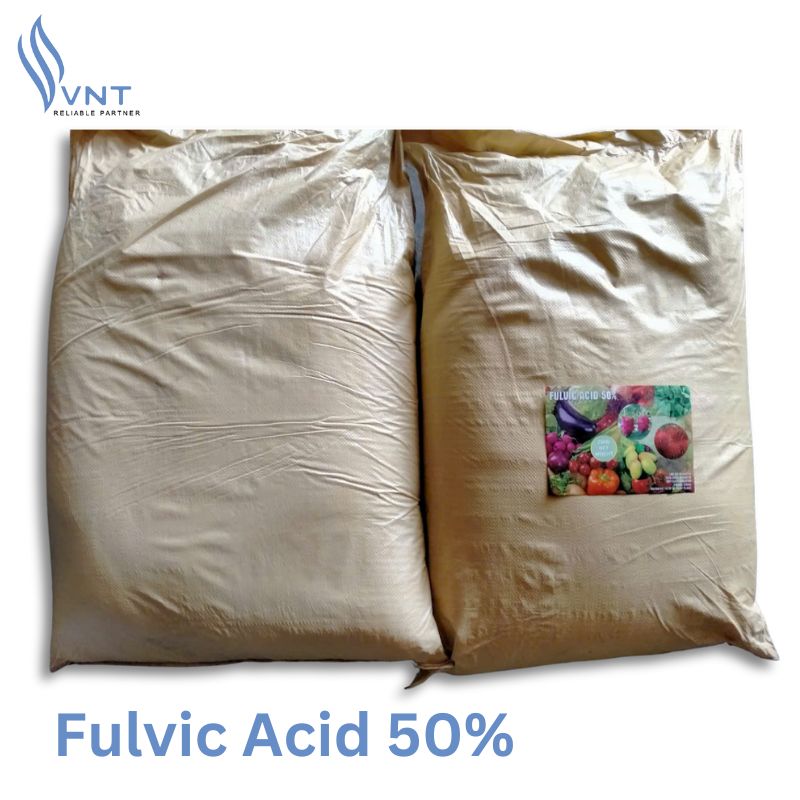
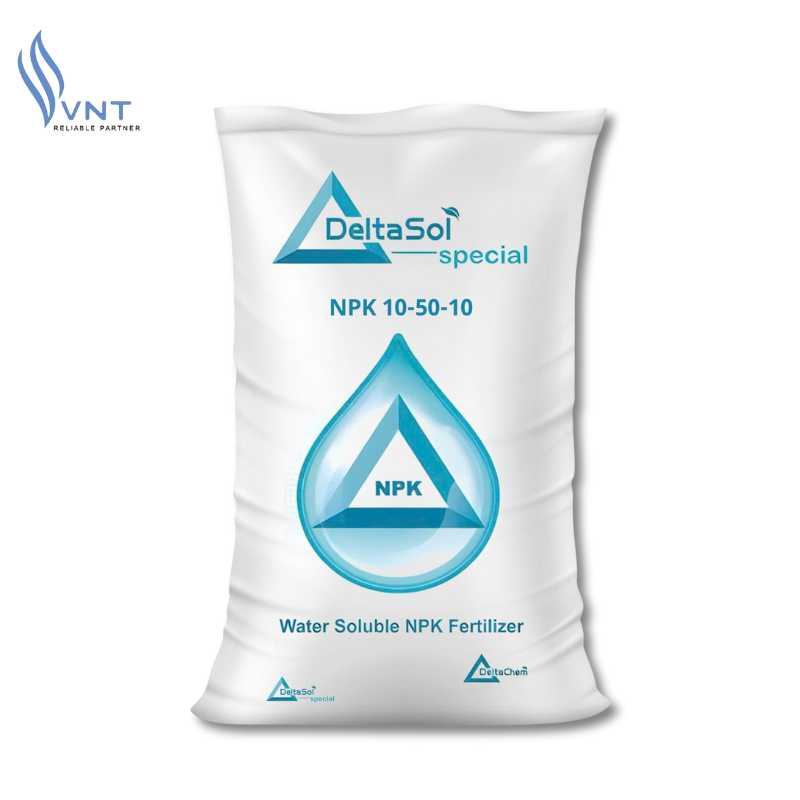
![[Q&A] How Long After Applying NPK Fertilizer Can You Eat Vegetables?](https://www.vntradimex.com/public/files/news/bon-phan-npk-cho-rau-bao-lau-thi-an-duoc-685e204cde416.jpg)
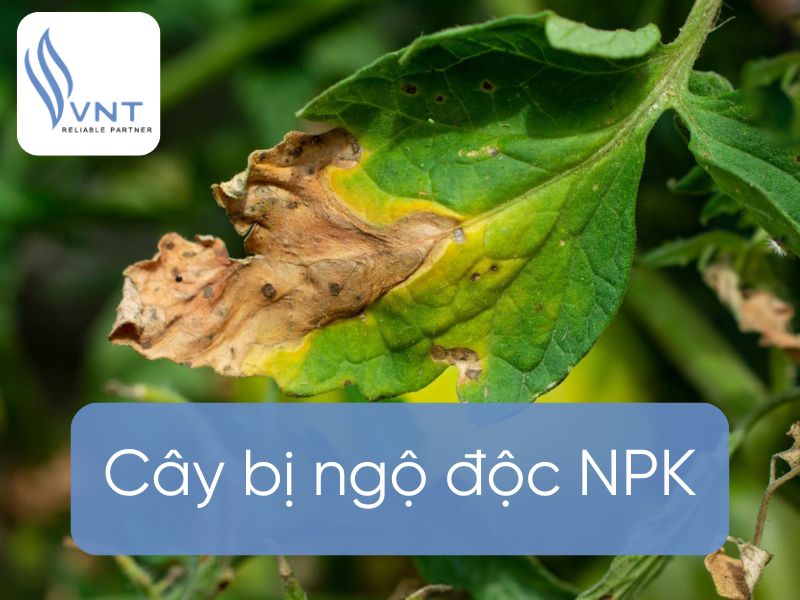
![[SHARE] How to use NPK fertilizer properly that everyone should know!](https://www.vntradimex.com/public/files/news/cach-dung-phan-bon-npk-dung-cach-682c46ab907d2.jpg)
